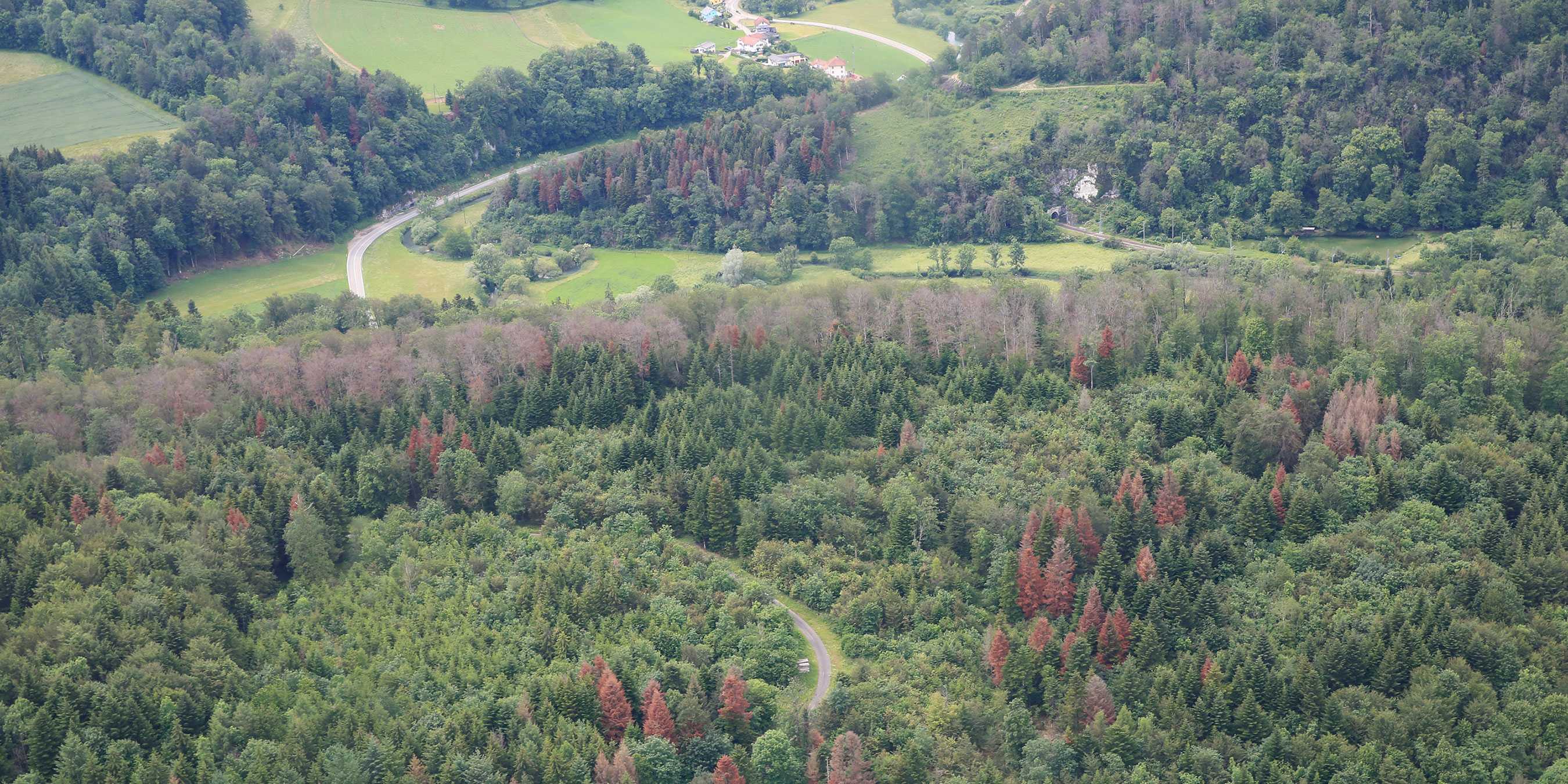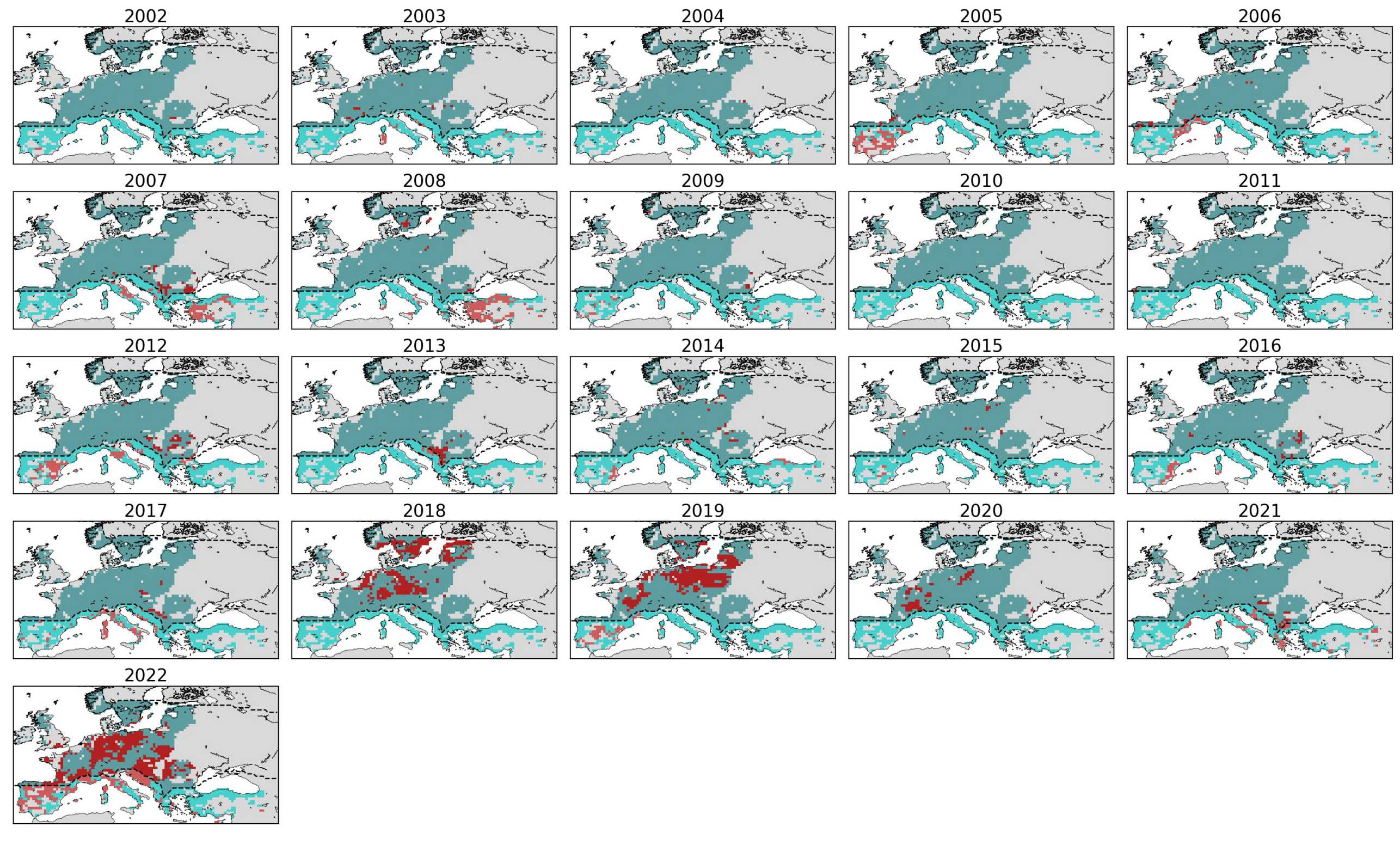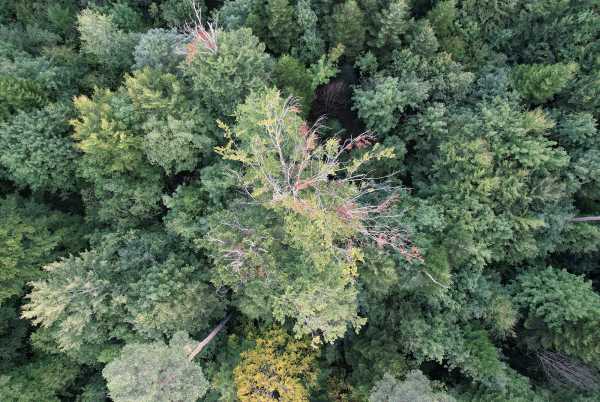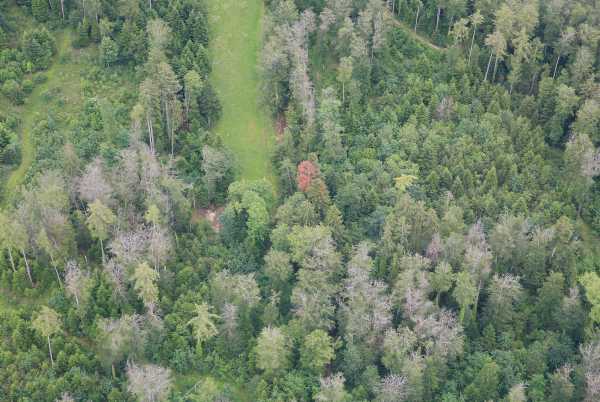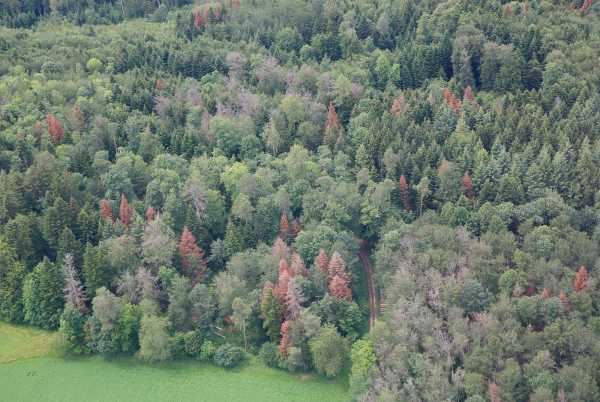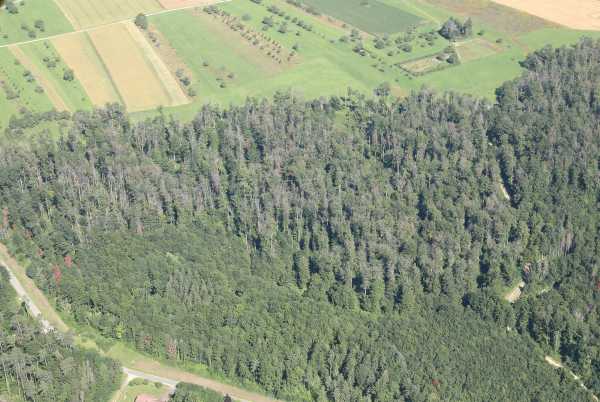In their analysis, the researchers also quantified the record summer of 2022 and its impact on European forests for the first time: during the hottest summer since records began, Europe experienced its most extensive browning yet, covering 37% of temperate and Mediterranean forest regions – “far more than any other event in the past two decades,” says Mauro Hermann, a doctoral student in atmospheric dynamics under ETH professor Heini Wernli and lead author of the study.
Searching for a common history
This wasn’t actually the goal that the ETH-WSL team was pursuing. “We wanted to understand how the weather affects forests over a large area during several seasons,” explains ETH Professor of Atmospheric Physics Heini Wernli, who led the study. The central role of drought was clear. “However, the connection between forests and weather is far more complex than it might appear at first glance,” explains Wernli.
“Not every dry period – even if it is intense and persistent – causes forests to turn brown immediately,” adds Hermann, referring to the “legacy effect” that has been observable in our forests for a number of years. How well trees survive heat and drought depends not only on the current weather conditions, but also on those of the months or years before.
This was one reason why researchers were especially keen to look into the meteorological history of low-greenness events. They were aiming to identify characteristic weather patterns that preceded multiple of the investigated events.
Specific precursors identified
The researchers did in fact find characteristic weather signals that occurred long before the events, in a kind of precursor to browning with certain specific features for central Europe and the Mediterranean region. “In general, we see that periods with little precipitation occur with unusual frequency over two or three years before the events,” says Hermann.
Increased dry periods with a clear precipitation deficit over at least two years prior to the events are the most conspicuous meteorological precursors in both zones. In the Mediterranean region, frequent dry periods may even go back as far as three years. Other signals include frequent periods of elevated temperatures for at least two years in the temperate zone. Hermann adds, “Prior to low forest greenness in central Europe, we usually observed two dry, hot summers in a row.”
Burden of previous years confirmed
The researchers’ findings are borne out by examples from the 21 years under investigation. The summer of 2003, which was very hot and dry in large parts of Europe, hardly left any large-scale traces on the colour of forests. Since 2018, however, Europe has experienced repeated large-scale drought and high temperatures, leading to several instances of extensive browning.
